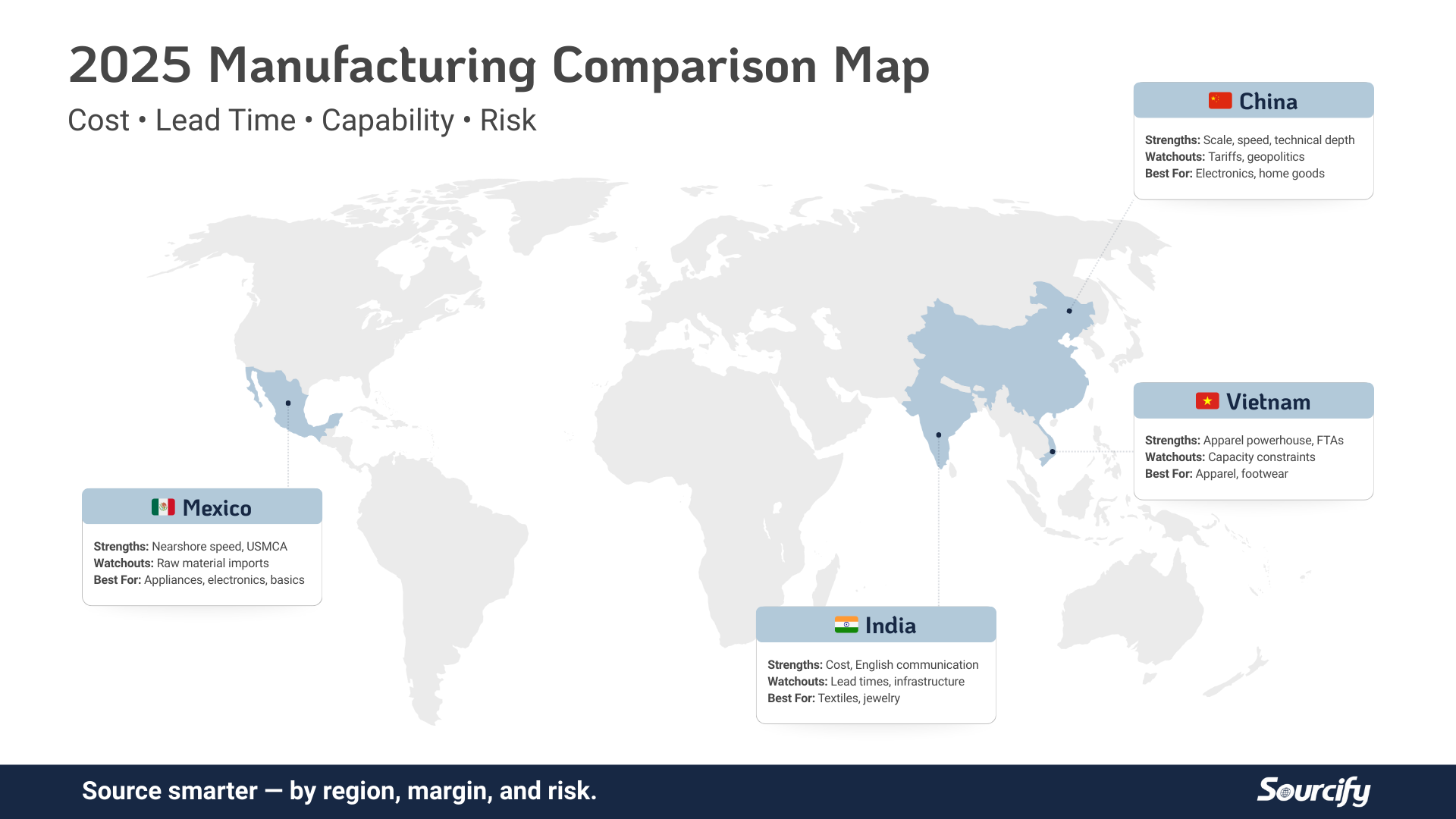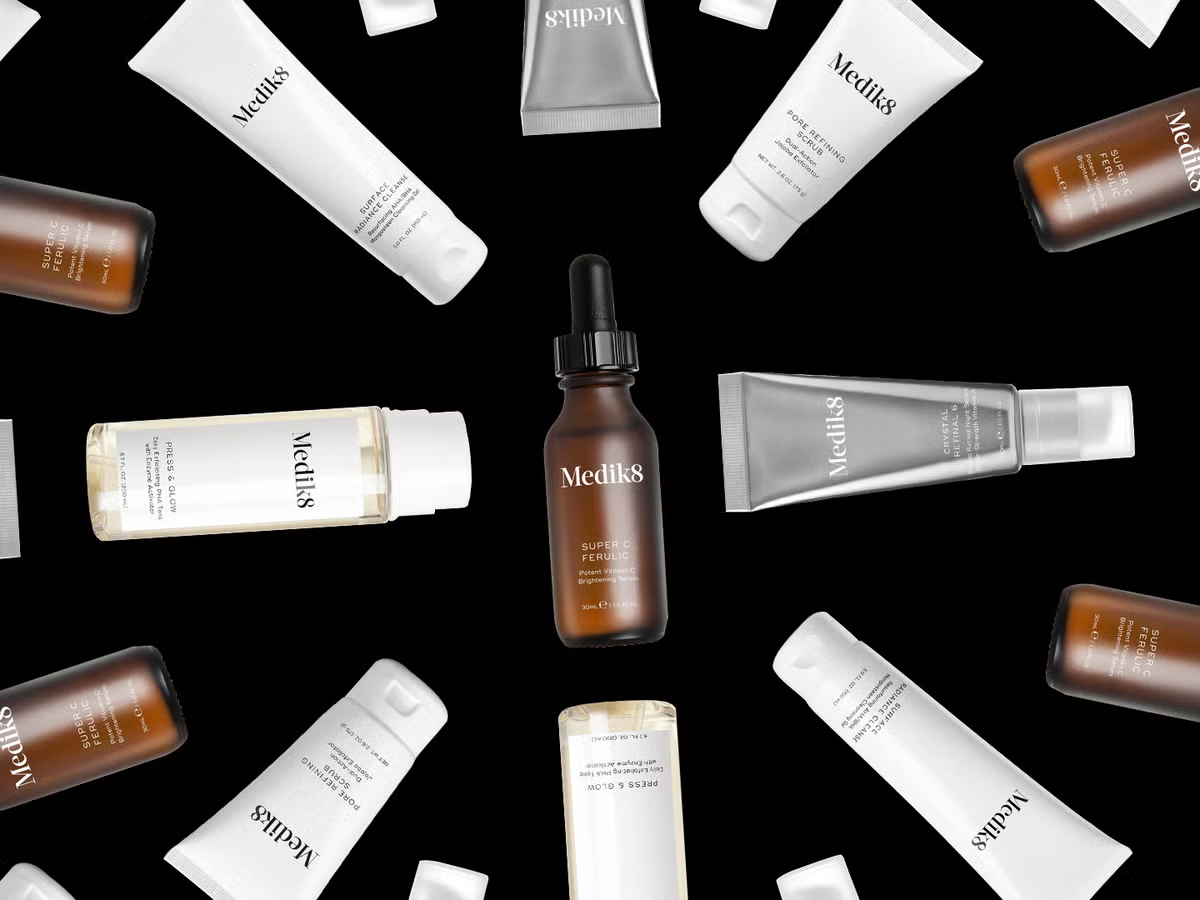The drive for perfection can be a tricky balancing act.
Overextend yourself, or grouse unending about the minutiae of a product and the overall vision suffers. Like standing too close to a drawing to obsess about some line, or curve, and missing the effect of the overall image.
True perfection is a chimera, but it’s also a powerful motivational tool, especially when you’re trying to communicate to a manufacturer exactly what you’re trying to create.
There’s no such thing as perfect, but that should be the aim for any new product you’re attempting to bring to market. Here’s how to get the perfect manufacturing specs, product production specs, or designer tech packs for an overseas manufacturer.
It’s the blueprint to get your blueprint (and more) right, so manufacturers and contractors aren’t filling in the holes of an unspecified design, broken supply chain, or unrealized marketing concept.
Summary of the Product’s Concept
Sometimes in both the literal and figurative sense, you want to sketch exactly what you’re trying to accomplish with your product.
What’s the idea you’re suggesting? Or, how is the product being used?
This is a basic, macro summation of your idea.
Due Diligence
You don’t want to move forward without properly vetting the market and the competition, with an emphasis on identifying and differentiating from any other similar products or services.
- Business Case – Establish the value you’re bringing to the customer. It doesn’t necessarily have to be a direct-to-customer end, either, but what benefit a customer is getting at the end of the supply chain.
- User Personas – Who is the product or service for?
- User Stories – Empathize with the user or buyer, to spell out what their motivations might be and how your product or service overlaps or aligns with them.
Product Design Development
Figure out the functionality and durability of your product or service, and whether it will reliably sate a customer’s desires. With those in mind, you need to find answers to some hard questions:
Can you make the product in a cost-effective manner? How complicated are the manufacturing specs? Are there a myriad of steps to the manufacturing process, and how does it affect your bottom line? Based off the quality and durability answers, which materials will be used in the creation of the product and how much do they cost?
Once you answer some of those questions, you’ll have the final tweaks to your product production specs done, and a detailed picture of your product, the materials used to manufacture the finished product.
CAD and CAM
Computer-aided design (CAD) is an important part of your product specs. It’s a 3D-image you can use to spot and fix holes you missed (weaknesses, stressors, redundancies, etc). Then you just go back to design and development to further improve the eventual 3D image.
Computer-aided manufacturing uses pinpoint engineering to create a prototype of the product based off the CAD image.
Prototype Testing
This might be the trickiest step in your product specs because only rigorous testing and experimentation and the most extreme conditions can inoculate you from a flawed final product.
And, if and when you do spot a flaw, you’ll be back in the product design phase.
Manufacturing
Once you’ve arrived at a final prototype, it’s time to line up your manufacturer.
Thankfully, Sourcify can help you match with pre-approved manufacturing connections that meets your products needs. They take into account the complexity of the manufacturing specs, including low or high batch construction, materials, cost and ease of delivery, and the granularity of your tech pack.
Construction
Complexity matters. The more component parts that must be joined together, the more expensive the overhead and a longer time it takes to see a final product.
The tech packs need to be specific and detailed, but if they’re really intricate and complex, it’ll add money to manufacturing and final assembly. If you keep the component parts to a minimum, you’ll have substantially reduced costs and a faster delivery time.
Simple is better, both for manufacturers and entrepreneurs.
Examination and Feedback
Friends and family are fine as test subjects; they obviously come quite cheap and they’re sometimes more willing to tell you about a product or service shortcoming.
But it would be advantageous to do some real focus testing, with an eye towards the user personas you teased out in the research portion of your product specs.
Product Development Redux
Similar to the CAD stage of your product specs, when you went back to the drawing board after spotting a fragile section in the 3D image, if you’re getting feedback from focus groups, or even close first customers, sometimes it’s going to be negative.
It can often be enough to go back to the product development stage, but if you use Sourcify to find your manufacturer, they may have already spotted the error in the product production specs and sent it back for more product development.
A good manufacturer helps you save money on development and testing, so you continue to use them as their manufacturer.
If it escapes the notice of prototype testing, your own examination and that of the manufacturer, you go back to the drawing board and figure out a material, or a design change, that can fix the quirk that escaped your own rigorous testing, and that of any pre-vetted manufacturing contractors in your supply chain.
Final Product
If everything goes right, the end result will reflect the diligence you spent compiling the product specs. If they’re done with care, and without the fluff of redundancies, or omission of key calculations and estimations, you can move right on to the marketing aspect of entrepreneurship.
The key to perfect product specs, (perfection is a fallacy, but an important one) are the built-in paths to prevent a disastrous final product; one that forces you to move on to another endeavor because there’s no more time or money to adjust or tweak.
Both the prototype testing and the examination and feedback portion of your specs allow every entrepreneur a chance to modify the product before its gone too far along the — first hypothetical, and then real — supply chain.
If you catch those tweaks in the development stage, you’ll have near perfect specs, and a product that’s exactly what you desired. If you’ve thought it all the way through, ultimate success stems from the product specs.




